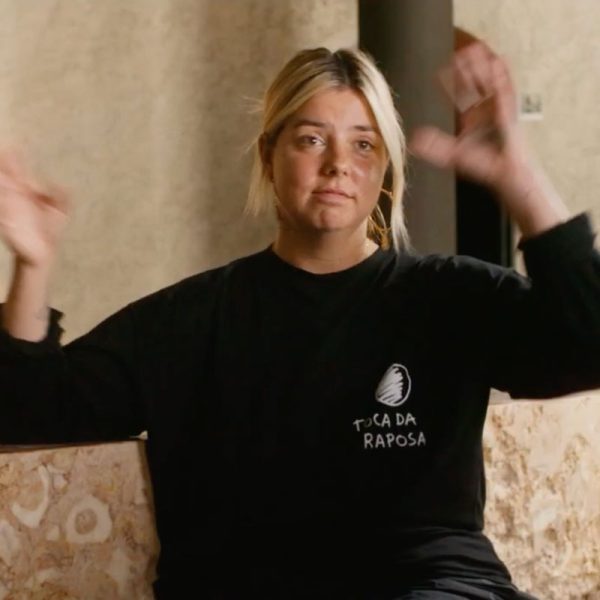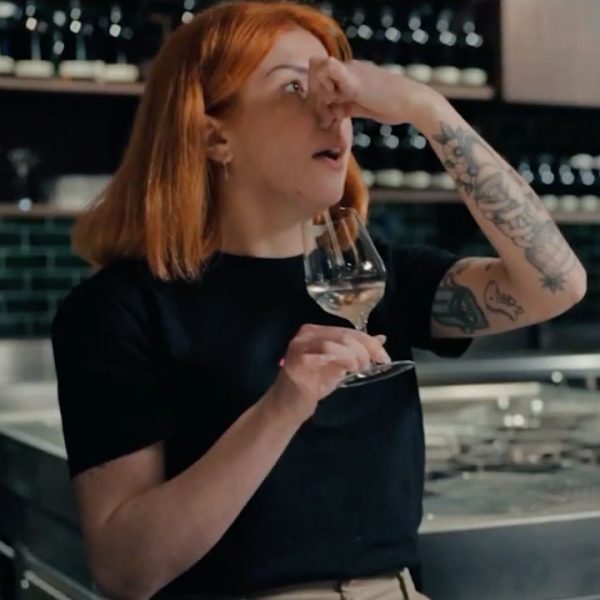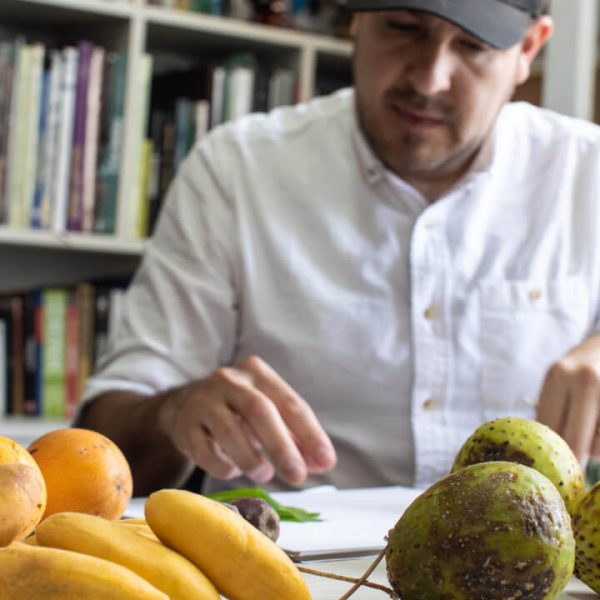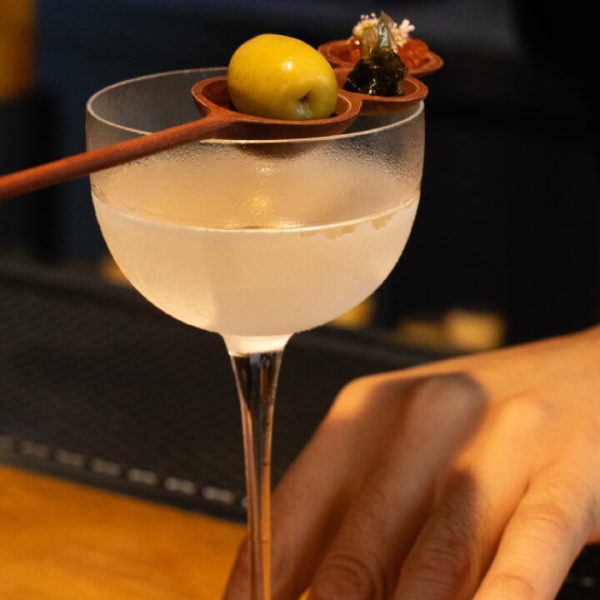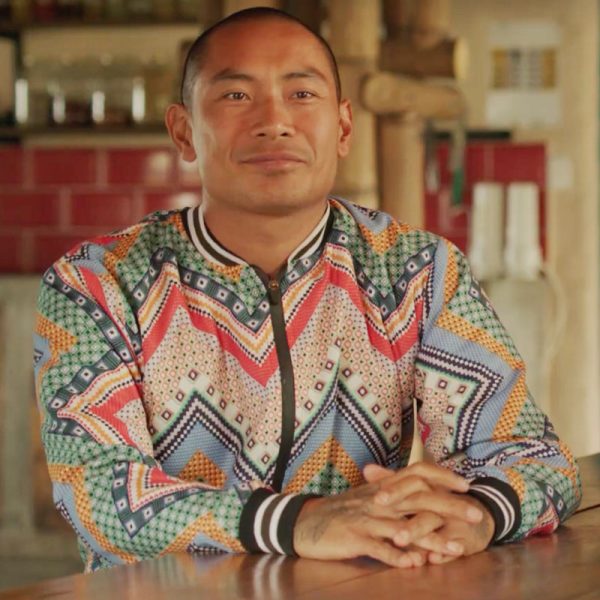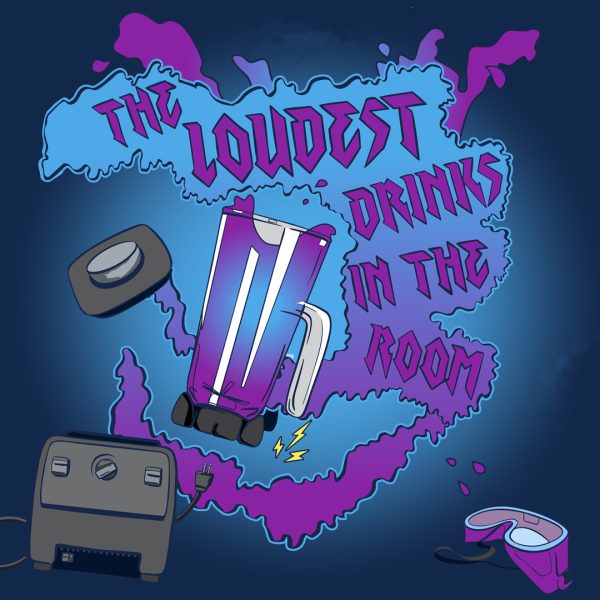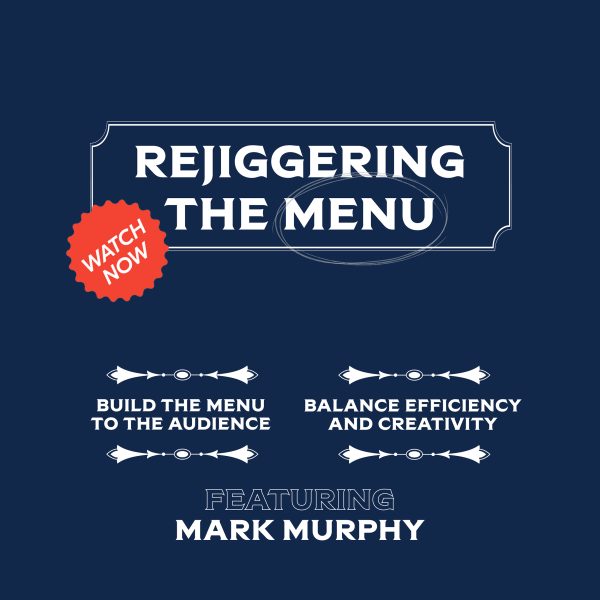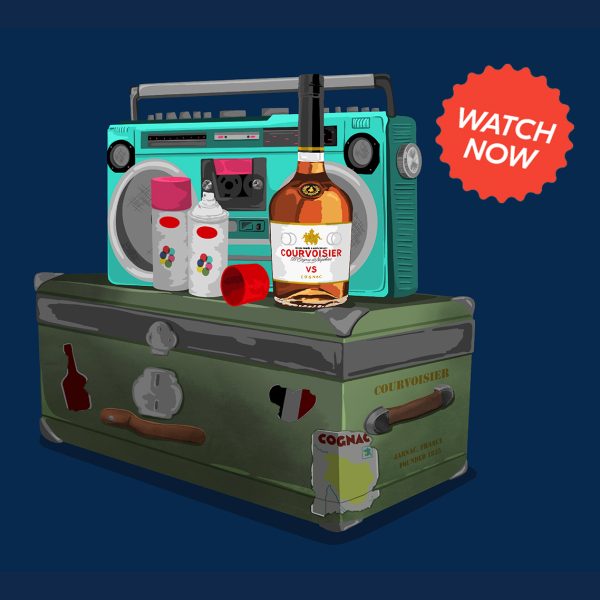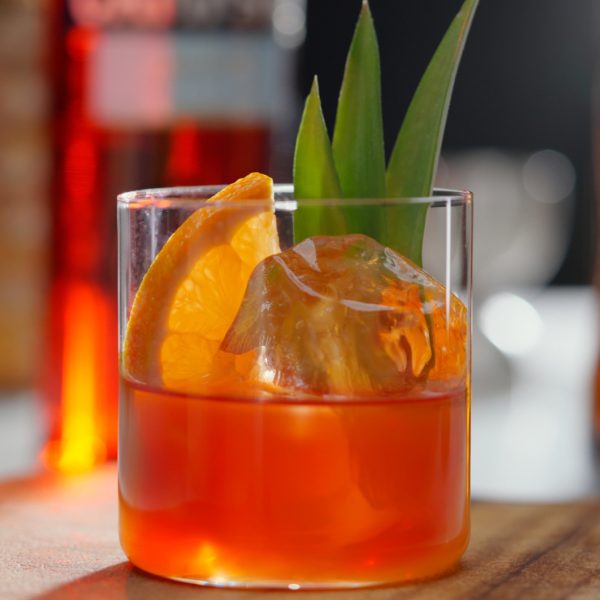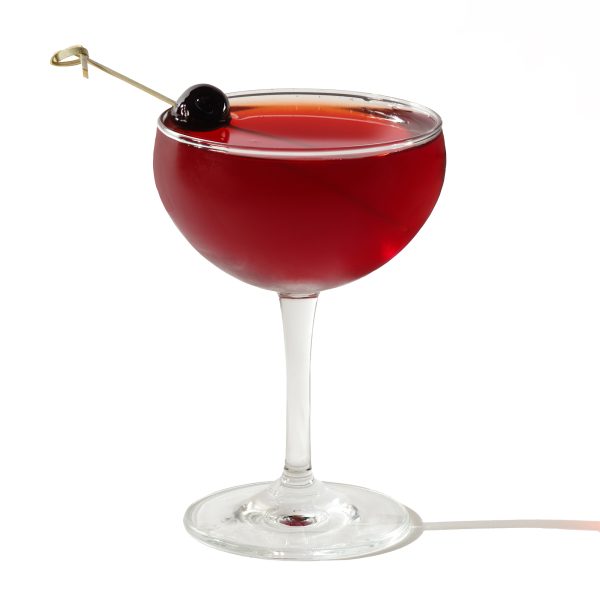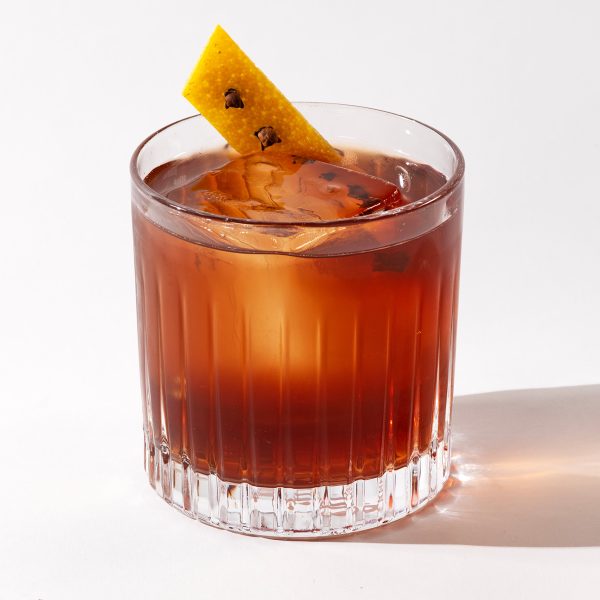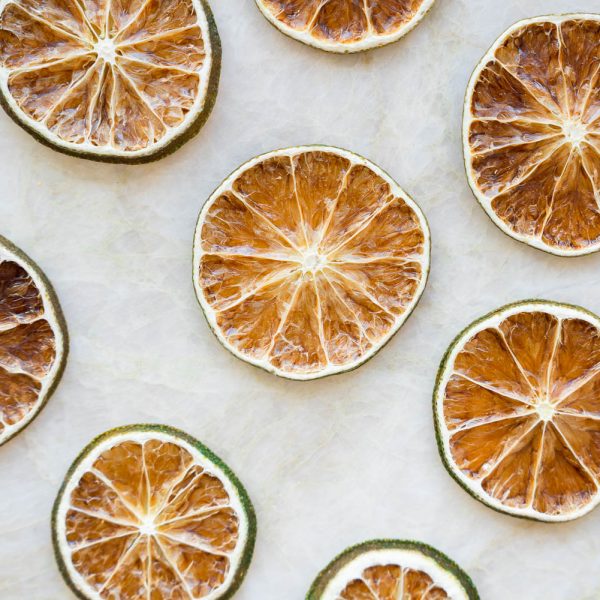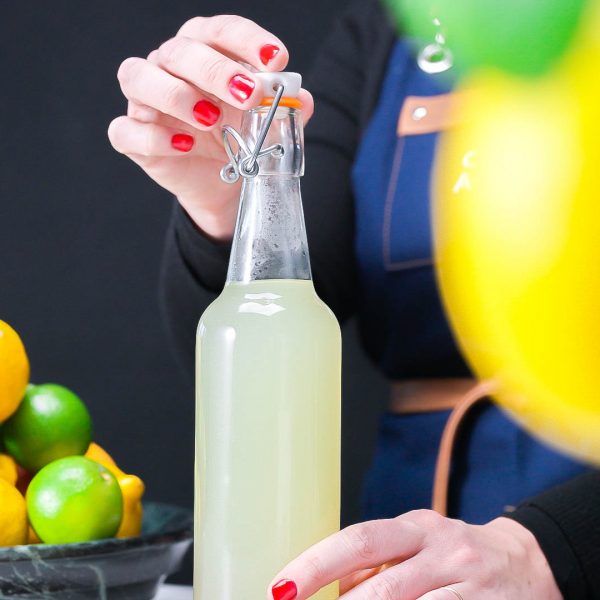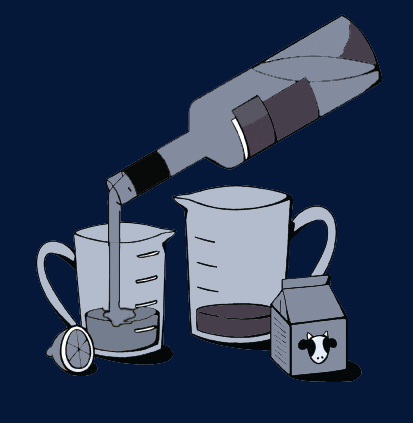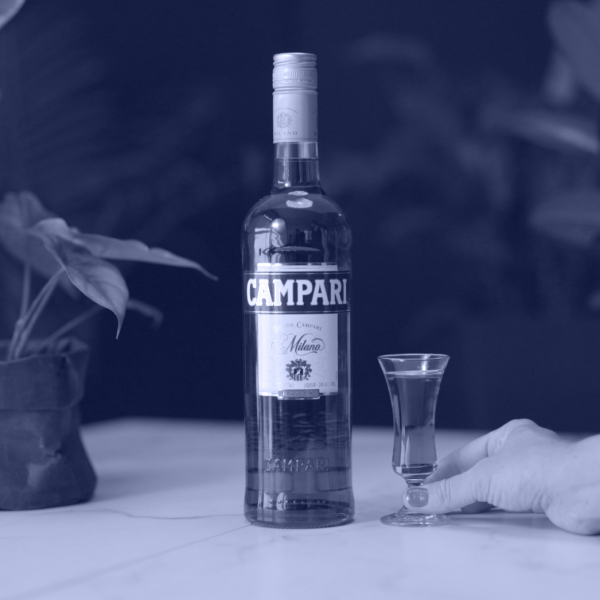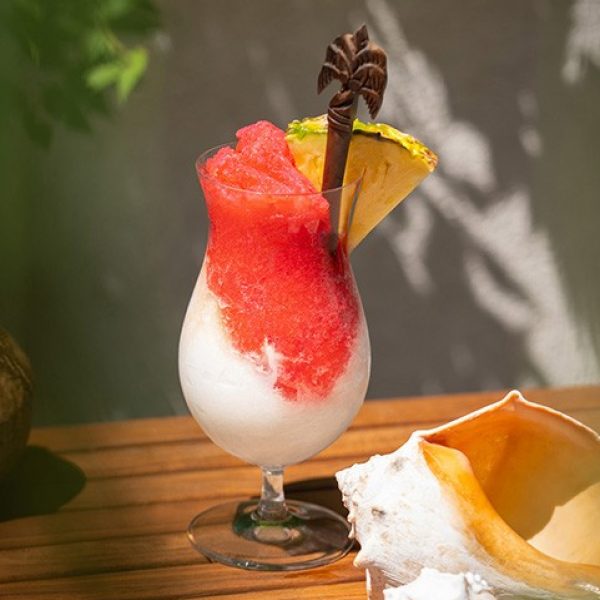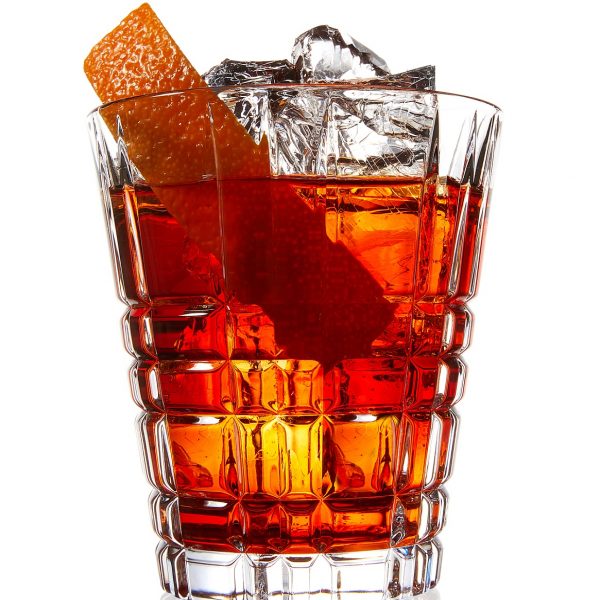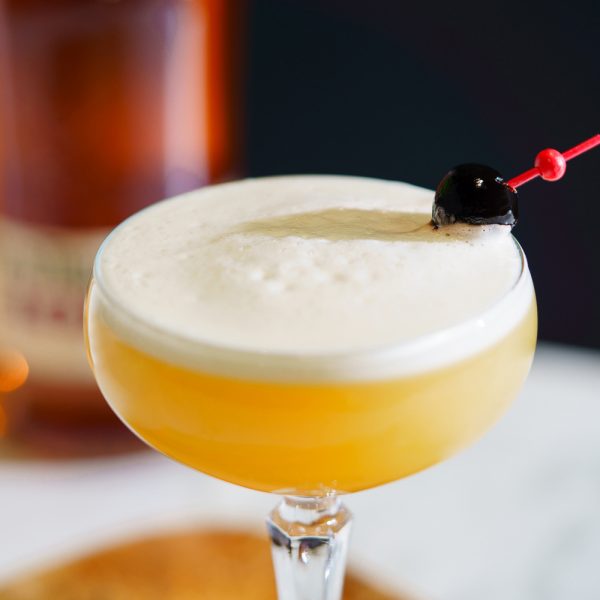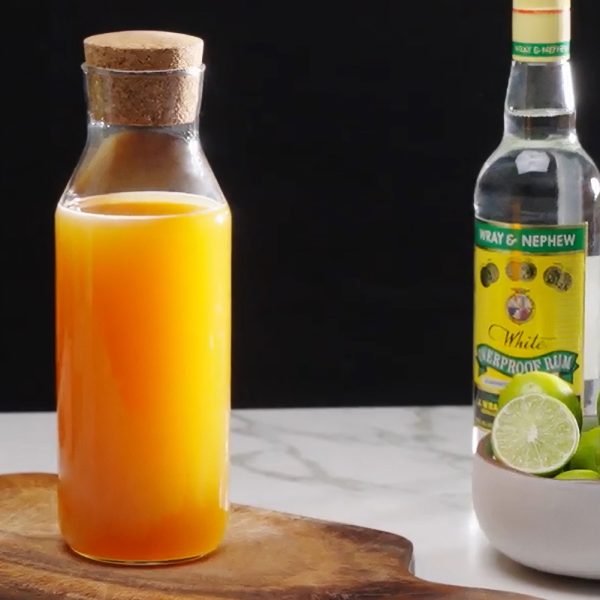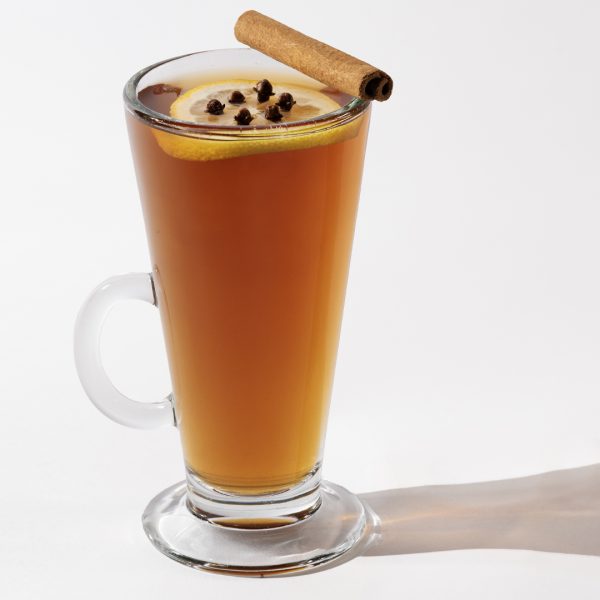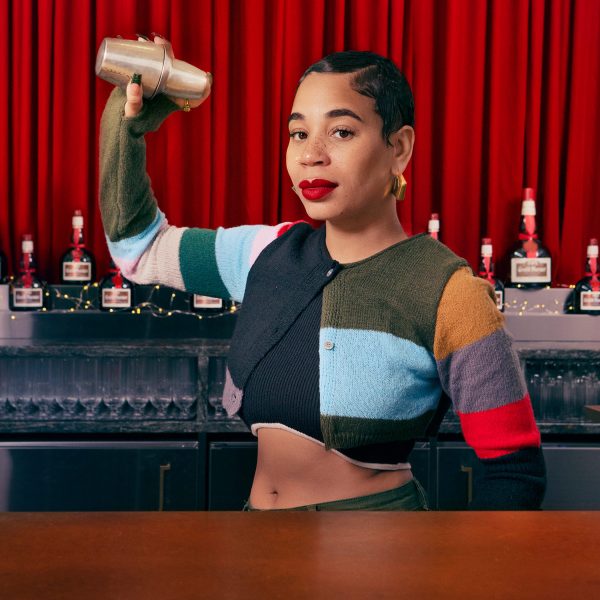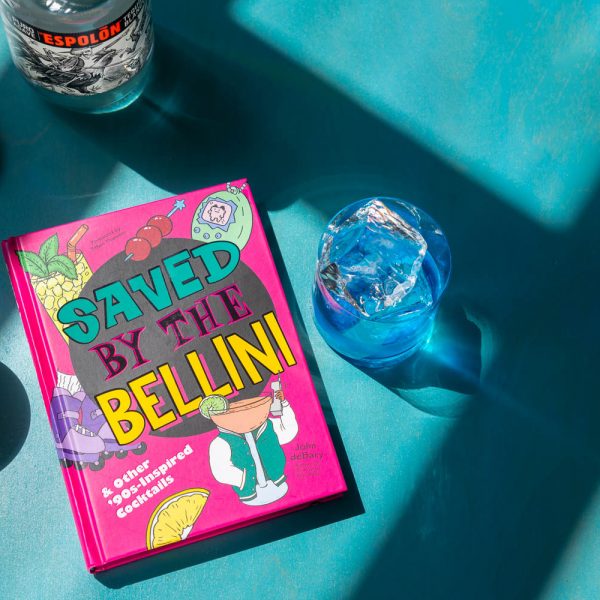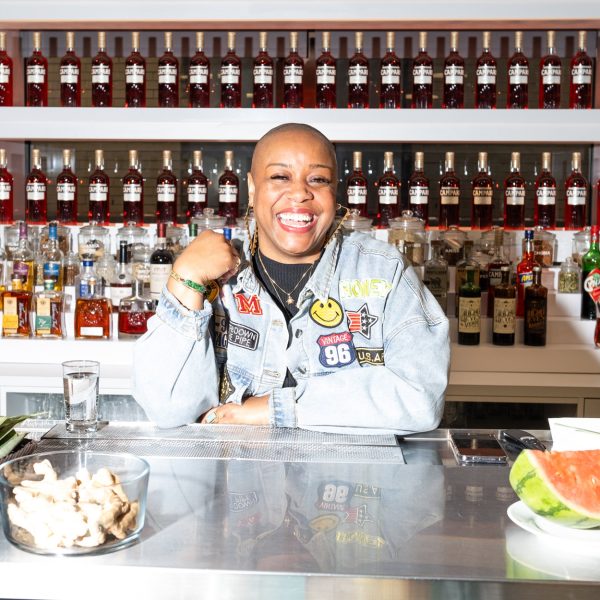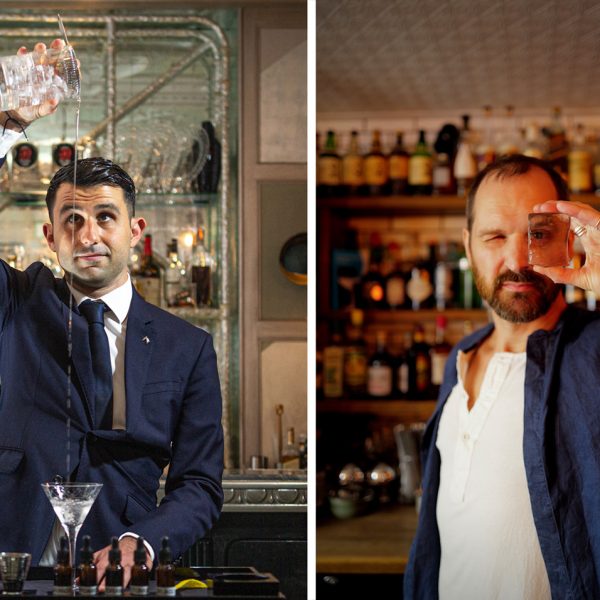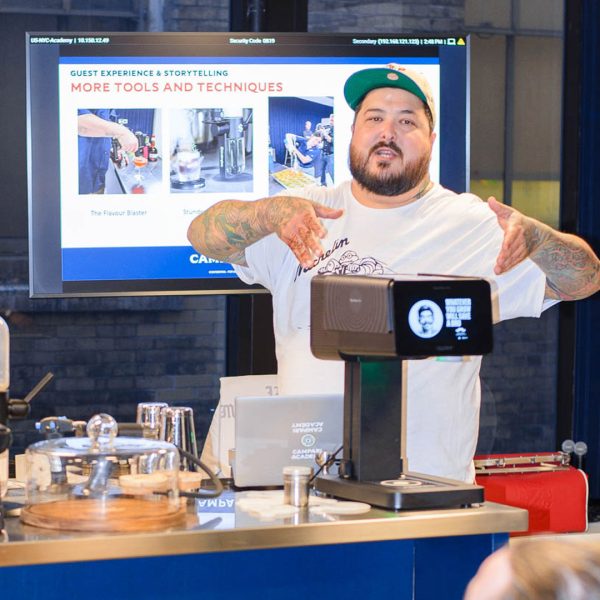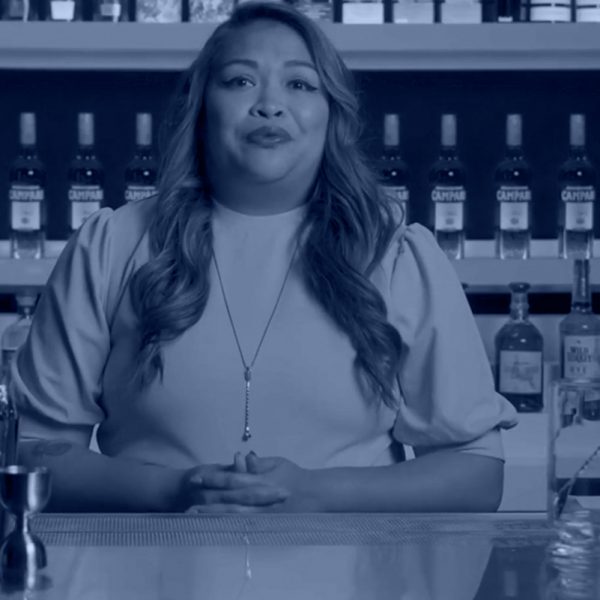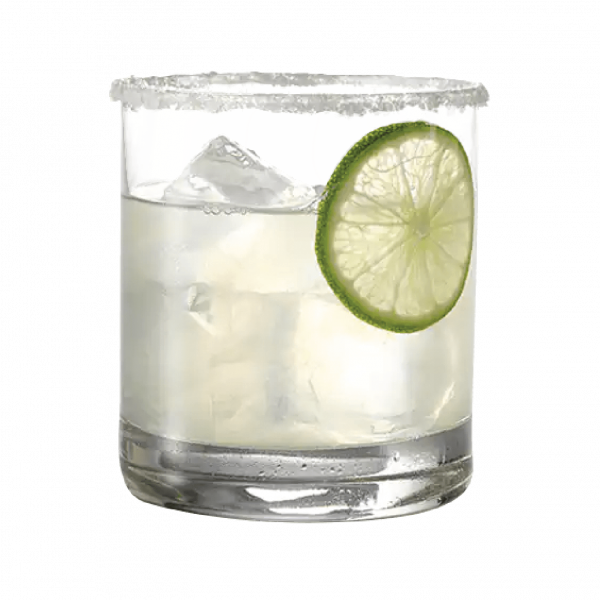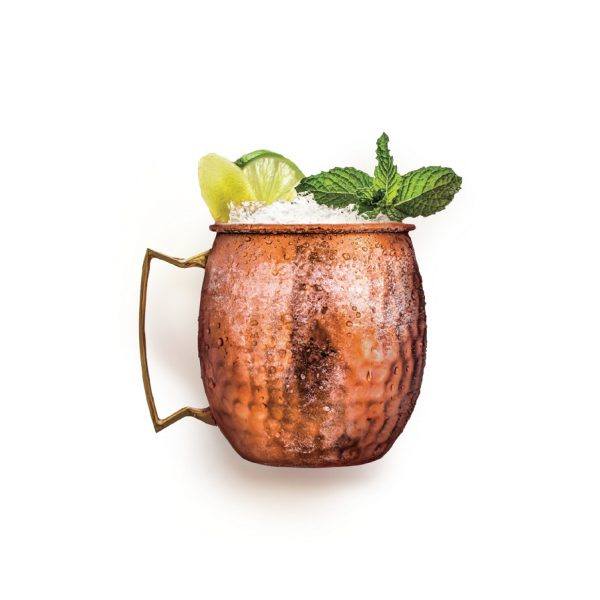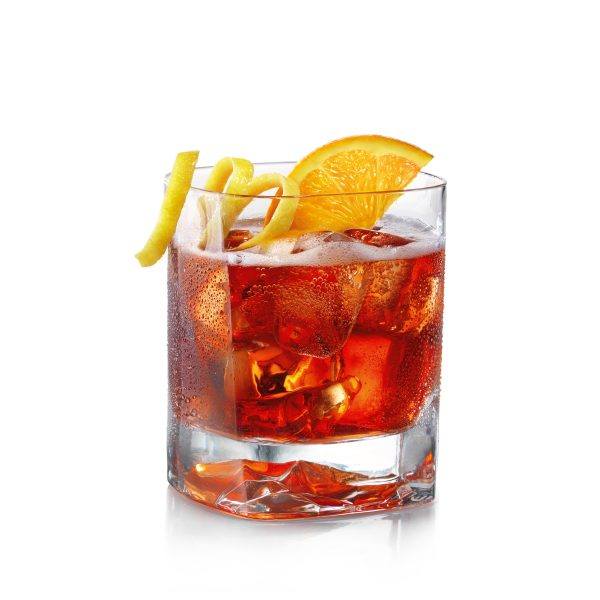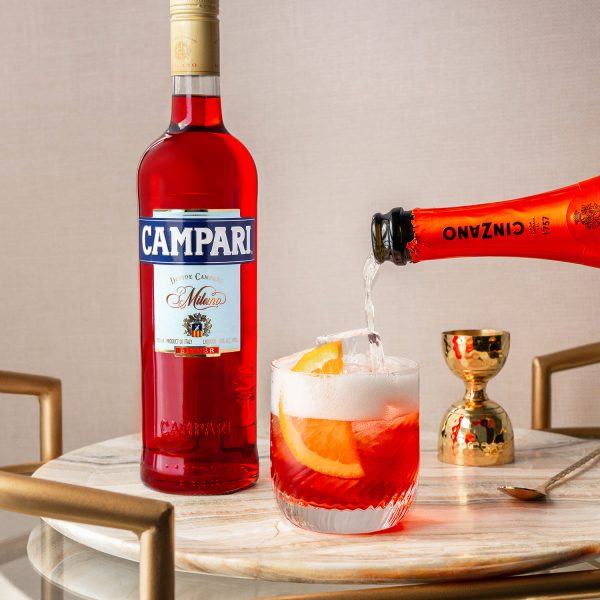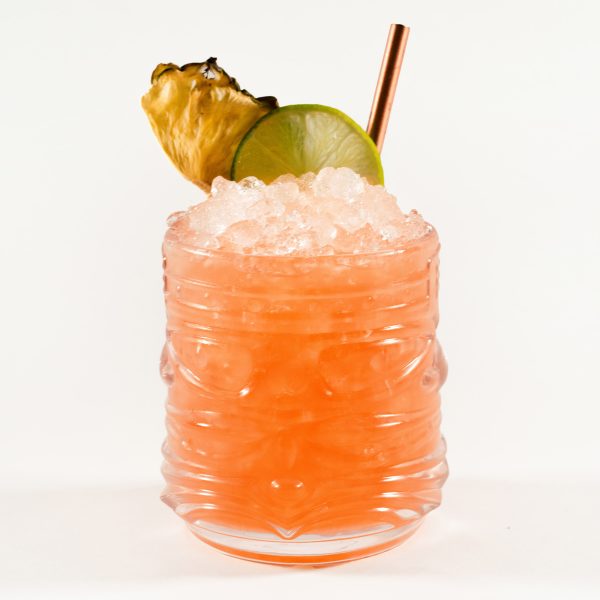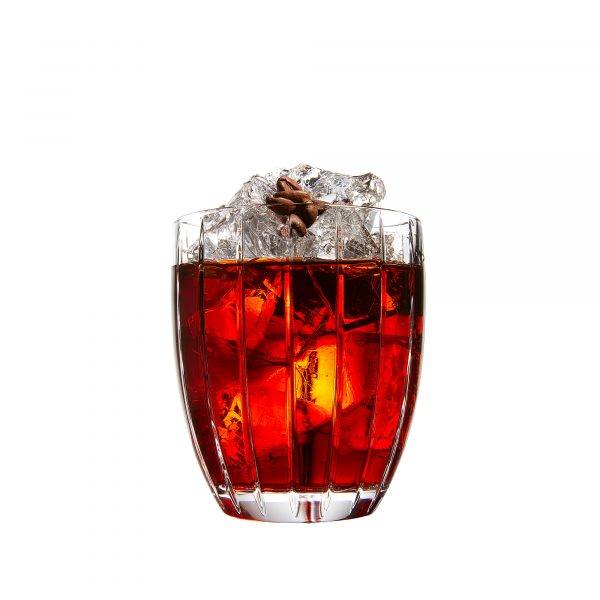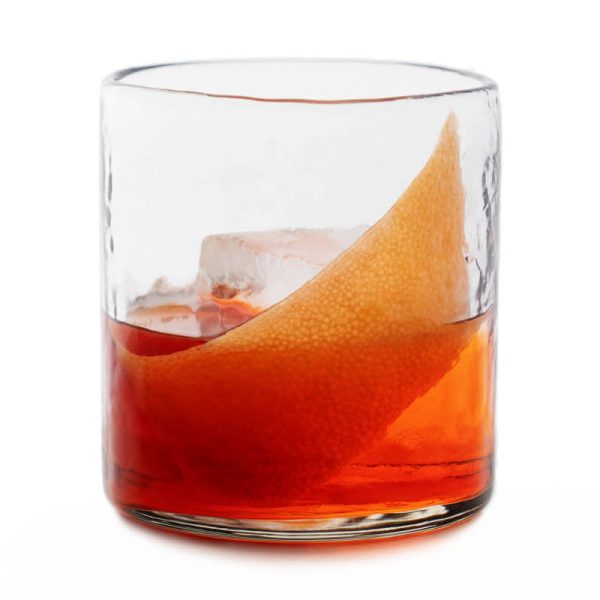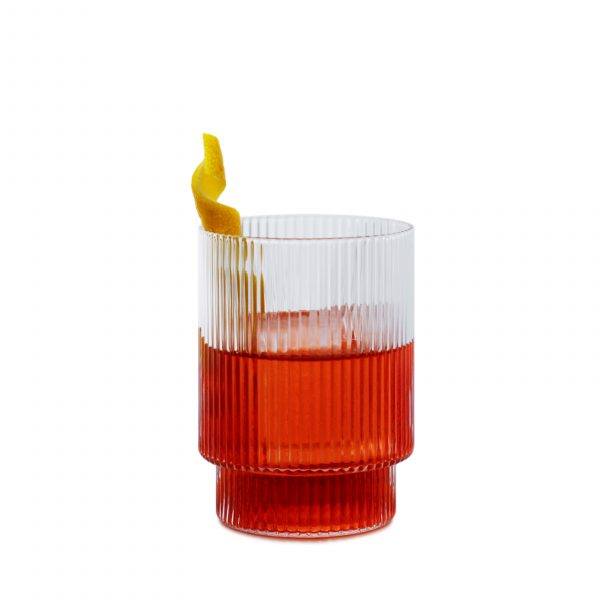The Shakerato
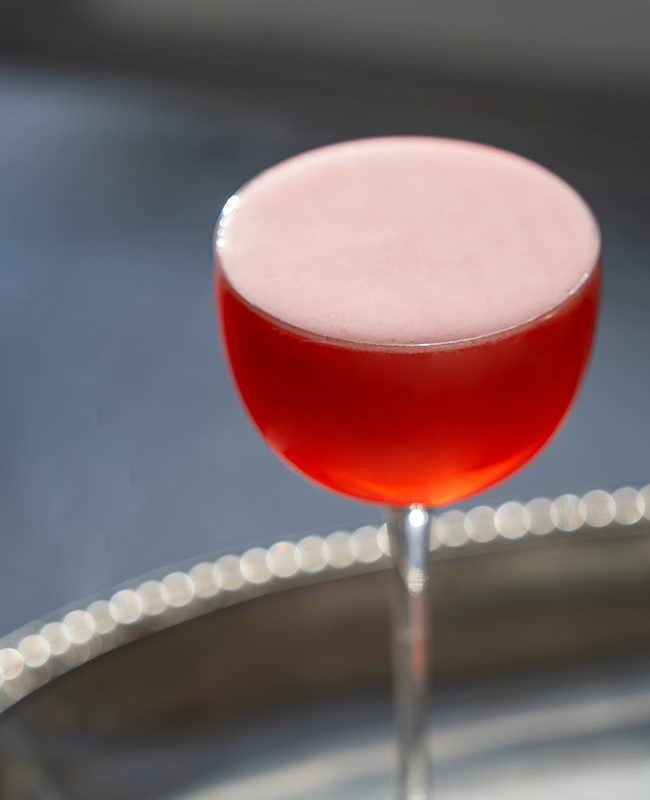
Ah, that fresh “It’s a New Year” feeling. Few things can top the optimism that comes with a built-in fresh start.
The beginning of a new year calls for simplicity and minimalism. A much-needed bracing palate cleanser after the baroque flair of winter spices and the endless holiday swirl.
Enter the Campari Shakerato.
It is simply Campari and ice, alchemized into a biting and fragrant sip via a vigorous shake.
“The origin of the Campari Shakerato does not have a precise date of birth.” Tommaso Cecca, head bartender at Campari’s Camparino in Milan, says. He notes that the drink took off in Italian bars around 1960, becoming an Italian mainstay. “It’s a four-seasons aperitivo,” he notes. “It became popular in the 60s, and it will be again in the next few years. I can bet on this.” We are inclined to agree.
“It’s the first cocktail made from just one single ingredient,” Cecca says. “It is ready after being shaken. The result is a perfect cocktail that is well balanced between bitter, sweet, fullness of the body and finish.”
Coffee enthusiasts might be familiar with the espresso Shakerato. A popular staple of Italian cafes, in which coffee is shaken briskly in a cocktail tin with ice and strained into a glass. Cecca says there’s no direct link between the two drinks, except that both emerged “during the years when bartenders were shaking everything.”
Aeration, a fancy word that means “to add or circulate air bubbles,” is behind the chemistry that transforms a static liquid into a memorable dram. When shaken with ice, air in the mixing tin imparts a silky mouthfeel to the Campari, as well as breaking up big cubes into tiny ice shards that cool the drink down.
Given that there is just one ingredient, technique is the most important (and only) thing to get right. Cecca advises that a proper Campari Shakerato is made from two back-to-back shakes.
For the first pass, shake the Campari and eight ice cubes forcefully in a tin for about ten seconds. Once cold and slightly diluted, strain the mixture into a second tin. Dry shake for an additional 15 seconds with more force to introduce a pleasing foam. Pour into a well-chilled Nick-and-Nora coupe, and garnish with an orange slice.
“One of the reasons both versions of the Shakerato (the Campari and the espresso) froth so nicely is due to the oils that the beverages contain”. Campari’s Daniel Warrilow explains. “Coffee, especially espresso, contains oils from coffee beans that give a freshly pulled shot of espresso that wonderful crema on top of the liquid. Campari contains dozens of different botanicals extracted multiple ways leaving many different oils in the liquid. That, combined with spirit and sugar, you’ve got a delicious complete cocktail in the bottle.”
The Shakerato, as the espresso version shows, is not confined to just Campari. Give it a whirl with other complex amari, such as Braulio and Cynar.
Brad Thomas Parsons, author of Bitters, Amaro and Last Call, recently experimented with Shakeratos and amari for an article[1] . “With the exception of a few expressions, most amaro, on its own, is traditionally served at room temperature,” he says. “Personally, I prefer many with a bit of a chill, whether in a chilled rocks glass or even over a big cube, especially ones with a bit of viscosity.”
He notes that not all amari benefit from shaking, with flavors being flattened and bubbles quickly lost. But when it does work, “the frothy cap of these shaken amari is a big selling point,” Parsons says. “They add another layer and point of view that might make them a bit more compelling than a neat pour.”
A solo shaken Campari is still catching on stateside, but there’s hints that it could take off in certain bartending corners. “The only Campari Shakeratos I’ve seen here have minor additions. Like saline or a little citrus that lean closer to compsed cocktail rather than austere shakerato,” Parsons says. “I think the most successful solo spirits to shake up are those that transform into what tastes like a composed cocktail. Braulio transforms into something more akin to a rich glass of Guinness. You can return to a shaken Braulio two hours after pouring and that head will still be standing. It’s hard to believe there’s not an egg white in there.”
Shakerato
- 2 parts Campari®



